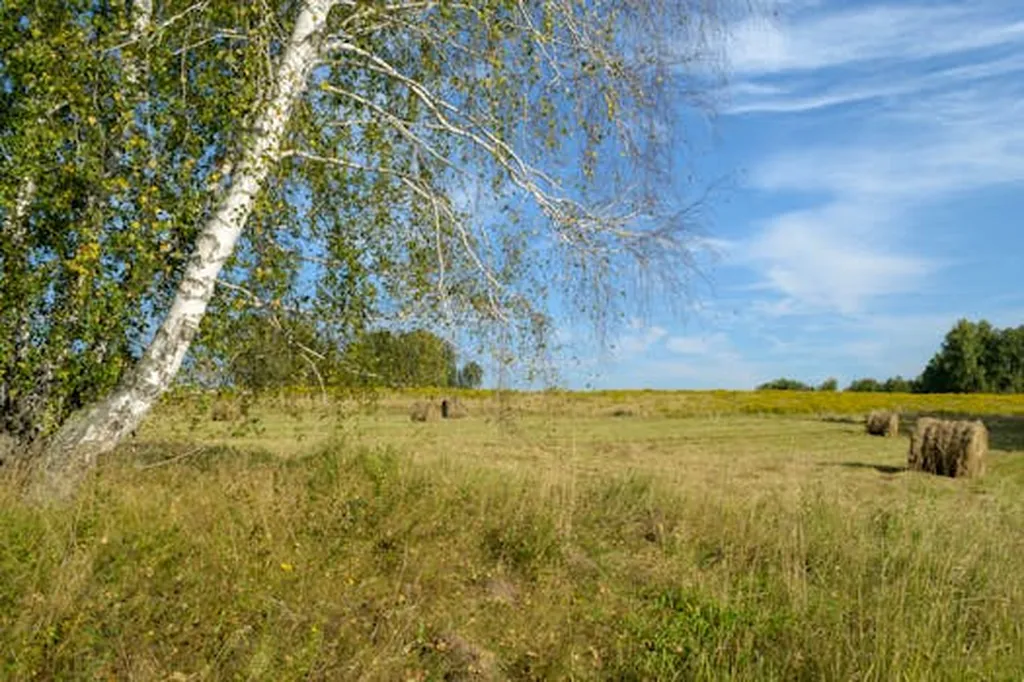In the face of a growing global population and dwindling arable land, farmers are under immense pressure to boost efficiency and productivity. A recent study published in *Smart Agricultural Technology* offers a promising solution: a model-based systems engineering (MBSE) framework that could revolutionize the way farmers adopt autonomous technologies. The research, led by Diptanshu Mann from the University of Oulu, Finland, introduces a structured approach to evaluating and implementing agricultural autonomy, potentially transforming the precision agriculture landscape.
The study addresses a critical gap in the current adoption of autonomous machinery in farming. Unlike other industries, such as automotive or aerospace, agriculture lacks a standardized framework for evaluating levels of autonomy (LoA). This absence of a common language has led to fragmented, ad-hoc adoption of autonomous technologies, leaving farmers without objective criteria to guide their decisions. “Farmers often struggle to determine when and where to automate, making it unclear which blend of manual and autonomous operations maximizes whole-farm efficiency,” Mann explains.
To tackle this challenge, Mann and his team developed an MBSE-driven framework that adopts a system of systems approach. They modeled a harvest workflow across two commercial farms using SysML (Systems Modeling Language), simulating four configurations ranging from manual to fully autonomous operations. The team assessed key metrics such as Task Complexity, Environmental Difficulty, and Human–Machine Interaction to evaluate the performance of each configuration.
The results were striking. The optimized LoA setup identified by the framework reduced energy consumption by approximately 10% and time consumption by around 13% compared to the best manual baseline. Moreover, the framework revealed where automation yielded the greatest marginal gains across the fields, providing farmers with a data-driven roadmap for strategic autonomy planning.
The commercial implications of this research are substantial. By offering a clear, objective framework for evaluating and implementing autonomous technologies, farmers can make more informed decisions about where and how to invest in automation. This could lead to significant cost savings, increased productivity, and ultimately, higher yields. “This framework provides a transferable template for strategic autonomy planning in agriculture,” Mann notes, highlighting its potential to be applied across various farming operations and contexts.
The study also opens avenues for refining individual subsystems, such as path planning, perception, and multi-machine coordination. As these technologies continue to evolve, the framework could serve as a valuable tool for evaluating and integrating new advancements, ensuring that farmers stay at the forefront of precision agriculture.
In the broader context, this research could shape the future of agricultural autonomy. By providing a standardized, objective approach to evaluating LoA, it could facilitate more widespread and effective adoption of autonomous technologies in farming. This, in turn, could contribute to addressing the global challenge of feeding a growing population on shrinking arable land, paving the way for a more sustainable and efficient agricultural future.
The study, led by Diptanshu Mann from the Machine and Vehicle Design (MVD) group at the University of Oulu, Finland, was published in *Smart Agricultural Technology*, offering a significant step forward in the quest for more efficient, sustainable farming practices.

